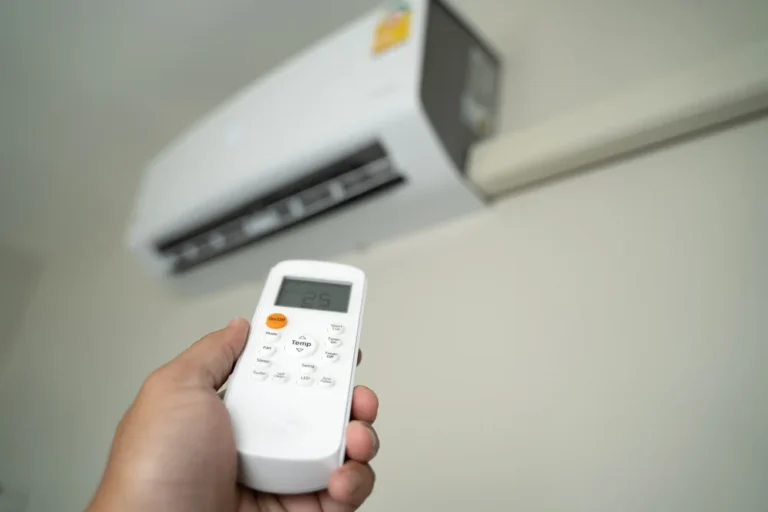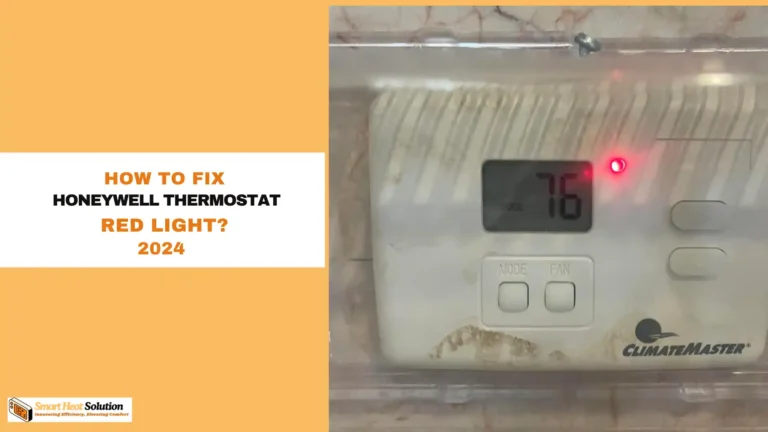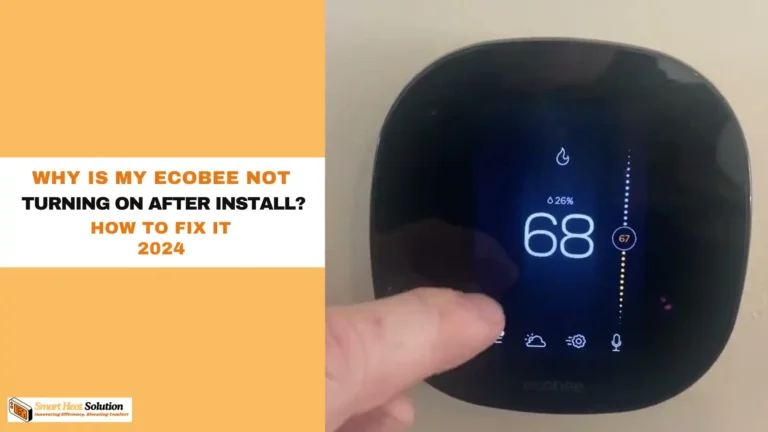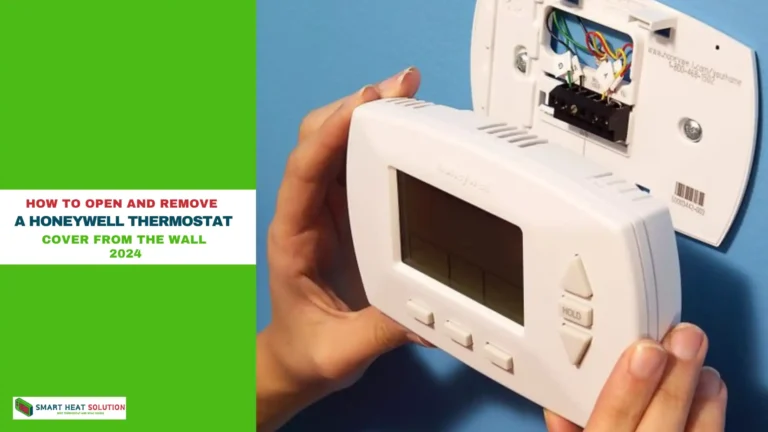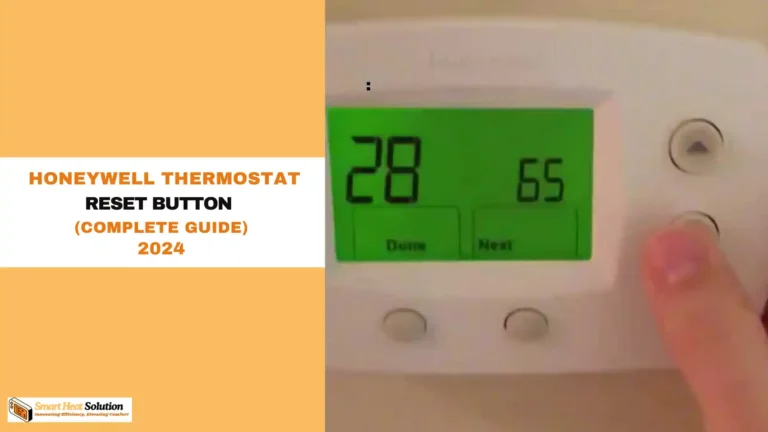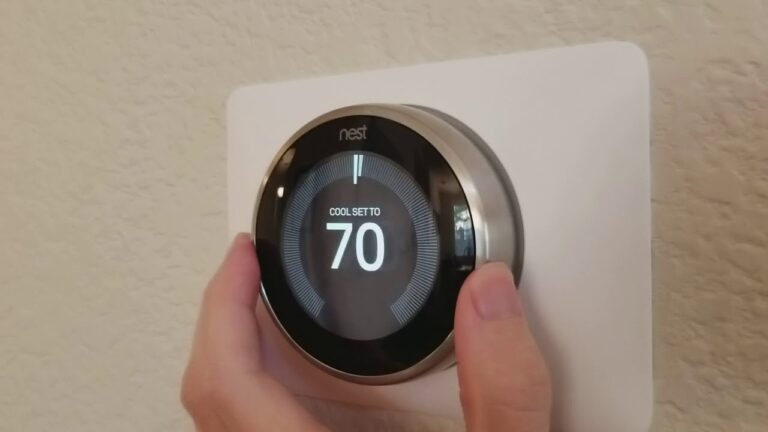Amazon Thermostat Blowing Hot Air on Cool: Causes and Fixes
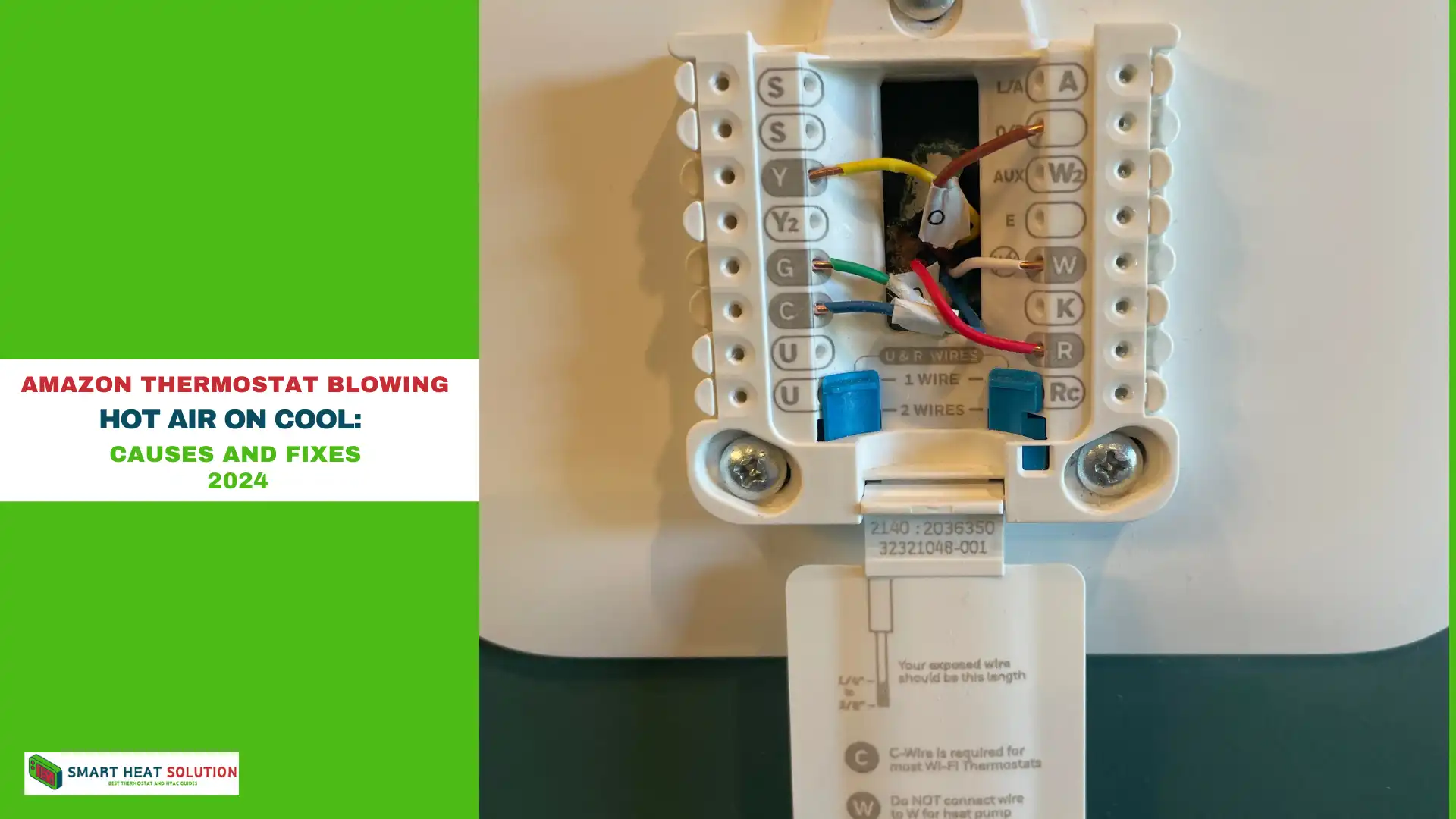
The Amazon thermostat is a popular choice for its smart features and compatibility with Alexa.
However, like any advanced device, it may encounter issues such as blowing hot air when set to cool.
This can be frustrating and uncomfortable, especially during the summer. In this comprehensive guide, we will explore why this issue occurs, the underlying causes, and how to fix it efficiently.
By understanding these points, you can address the problem quickly and restore your thermostat to optimal performance.
Why Is My Amazon Thermostat Blowing Hot Air?
Common Causes of Incorrect Temperature Output
Several factors can lead to your Amazon thermostat blowing hot air when it should be cooling. These range from simple setting errors to more complex mechanical issues. Below are the most common causes:
- Thermostat Settings Error: Incorrect settings or configuration may lead the thermostat to produce hot air in cooling mode.
- Wiring Issues: Miswiring or faulty connections can interfere with the thermostat’s communication with the HVAC system.
- Faulty Heat Pump: In systems with heat pumps, a malfunction can result in the thermostat producing hot air during the cooling cycle.
- Reversing Valve Malfunction: The reversing valve, which controls whether the heat pump is in heating or cooling mode, may fail or stick in heating mode.
- System Control Board Issues: Problems with the HVAC system’s control board may cause improper switching between heating and cooling functions.
How to Fix Amazon Thermostat Blowing Hot Air on Cool
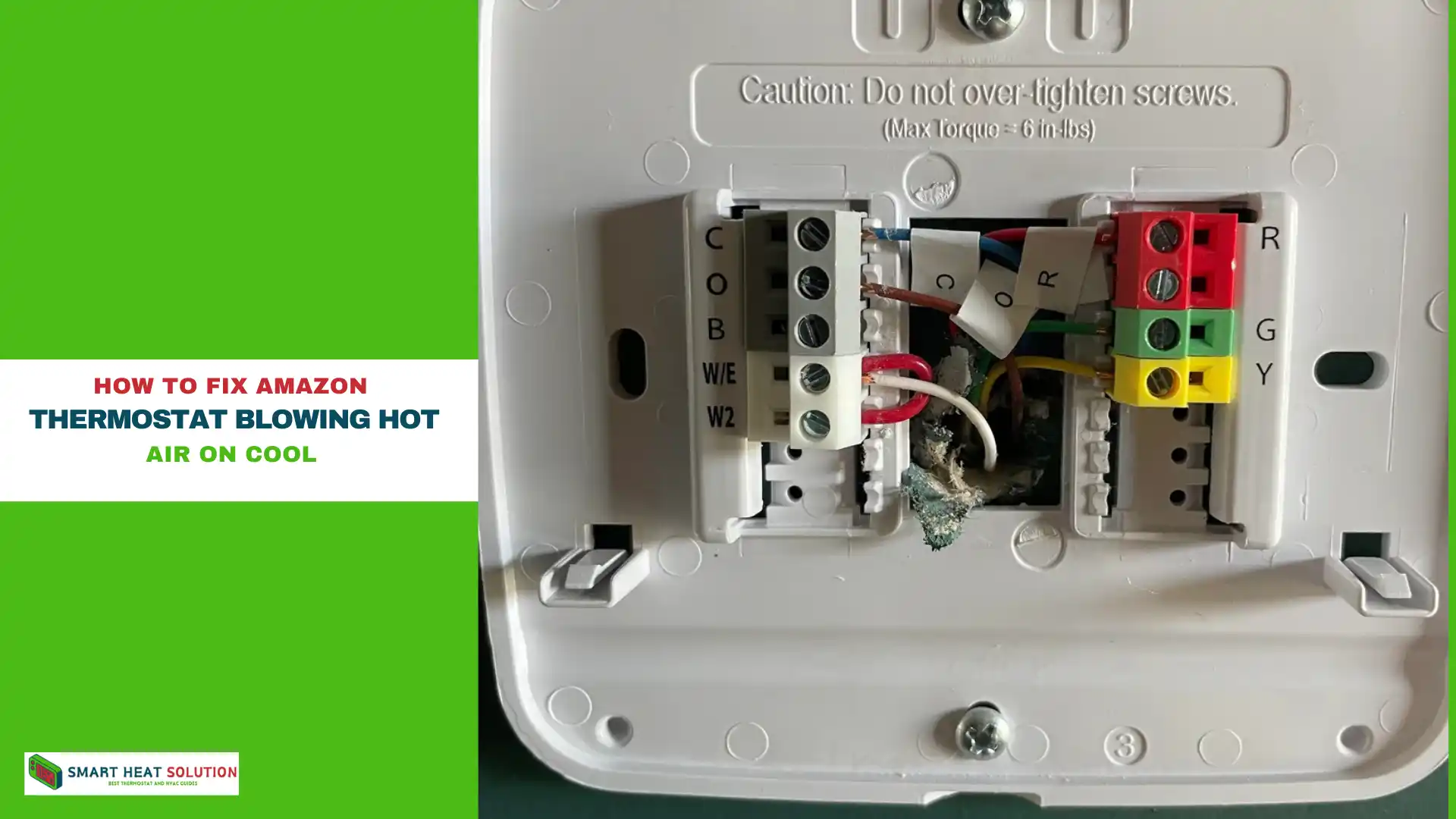
1. Verify Thermostat Settings
Before examining any technical aspects, ensure that your thermostat settings are correct:
- Temperature Mode: Double-check that the thermostat is set to Cool mode and not Auto or Heat.
- Temperature Setting: Ensure the set temperature is below the current room temperature. A common mistake is setting it too close to the ambient temperature, which may cause confusion in the system.
- Fan Mode: Set the fan mode to Auto instead of On. When set to On, the fan may continue to run even when cooling isn’t active, leading to unwanted heat output.
Note: Some smart thermostats may require a reset after altering settings to fully apply changes.
2. Check Thermostat Wiring and Connections
Miswiring can prevent your thermostat from functioning properly, especially during a new installation. To check the wiring:
- Turn Off Power: Switch off power to your thermostat and HVAC system.
- Inspect Connections: Remove the thermostat cover and check that all wires are properly connected according to the user manual.
- Re-seat Wires: Gently pull each wire to ensure they are securely in place. Loose wires may disrupt communication between the thermostat and HVAC system.
- Reconnect or Rewire if Needed: If wires are loose, reconnect them. If you notice signs of damage, replace them.
Tip: For complex wiring setups, consulting a professional HVAC technician is recommended to avoid further issues.
3. Evaluate the Heat Pump’s Functionality
If your system uses a heat pump, issues with the pump itself may lead to hot air when cooling is expected. Steps to troubleshoot the heat pump include:
- Check for Ice Buildup: Ice on the outdoor unit can restrict the pump’s cooling function. Clear any visible ice.
- Inspect the Outdoor Unit: Look for signs of damage, such as broken fins or refrigerant leaks, which may require professional repair.
- Test Reversing Valve: This valve switches the heat pump between cooling and heating. A faulty valve may cause it to remain in heating mode during a cooling cycle.
4. Replace or Repair the Reversing Valve
The reversing valve in heat pump systems is critical to switching between heating and cooling. If it fails, it may get stuck in heating mode, causing hot air to blow even when set to cool. Here’s how to assess and repair the reversing valve:
- Locate the Reversing Valve: Generally situated near the outdoor unit, the valve connects the refrigerant lines and controls the flow direction.
- Listen for Clicking Sounds: When you switch between heating and cooling, the valve should produce a distinct clicking sound. Lack of sound may indicate a malfunction.
- Contact a Professional: Reversing valve issues often require specialized equipment and expertise to replace or repair.
Important: DIY repair attempts on the reversing valve can be hazardous; professional assistance is strongly recommended.
5. Inspect the Control Board for Defects
Control boards manage the HVAC system’s functions, including the switch between heating and cooling. Control board issues can arise from power surges or wear over time.
- Turn Off Power to the System: Disconnect the power to avoid electrical hazards.
- Locate the Control Board: This is typically inside the HVAC unit’s blower compartment.
- Look for Burn Marks or Damage: Visual inspection may reveal scorch marks or other signs of malfunction on the control board.
- Reset or Replace the Control Board: If you detect signs of damage, contact an HVAC technician for board replacement.
Amazon Thermostat System Reset for Troubleshooting
A system reset often helps resolve minor issues, including unexpected heating output on the cooling setting. Follow these steps to reset your Amazon thermostat:
- Access the Thermostat Menu: Navigate to the settings or system menu.
- Select Reset Option: Choose the Reset or Factory Reset option, depending on the model.
- Confirm the Reset: The thermostat will restart and restore to default settings.
Caution: Resetting your thermostat will erase any custom settings. Reconfigure the device as necessary after the reset.
Expert Tips for Maintaining Your Amazon Thermostat and Preventing Future Issues
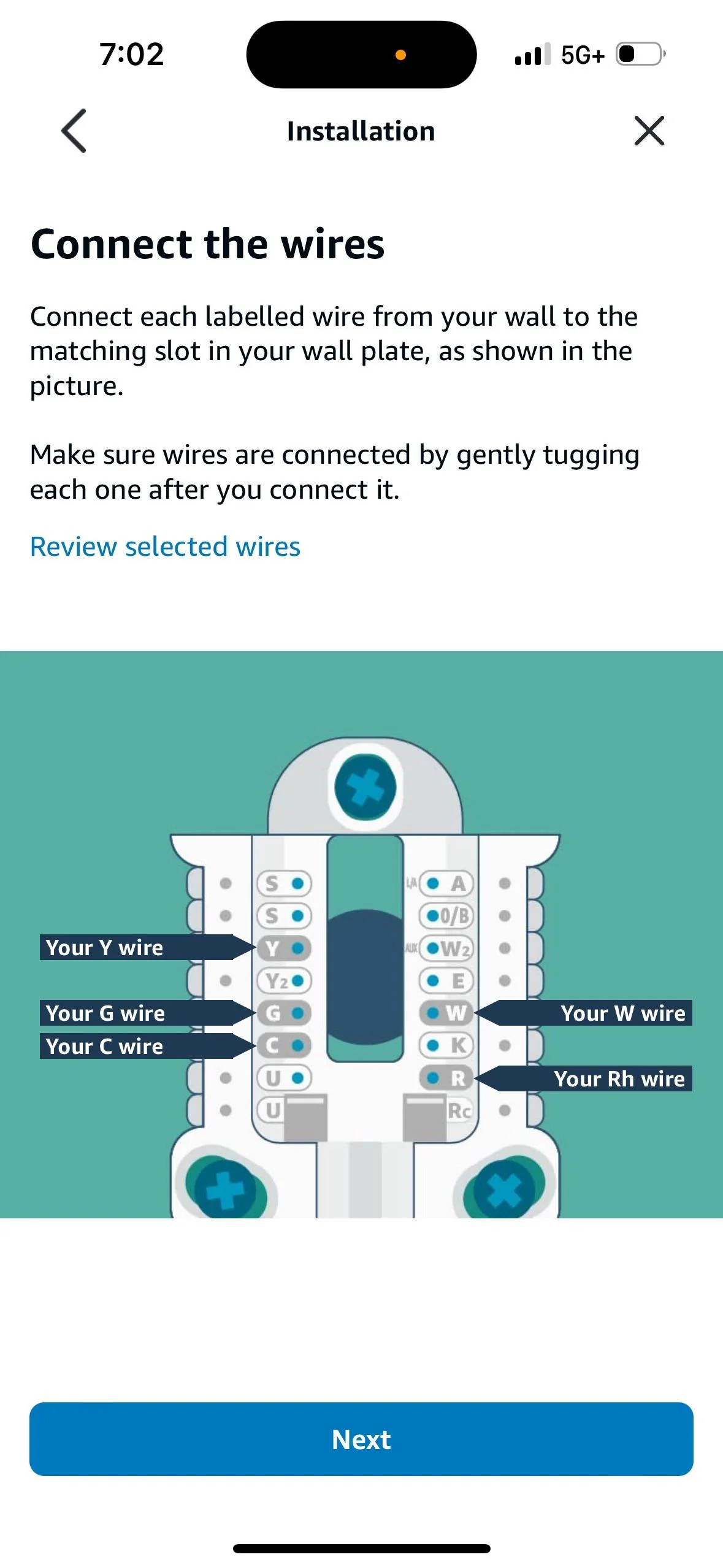
Proper maintenance of your Amazon thermostat is crucial for ensuring your home stays comfortable and avoiding potential problems. Here are some expert tips to help you maintain your thermostat effectively:
1. Change Your Air Filter Regularly
A dirty air filter can restrict airflow, causing your thermostat to blow hot air instead of cool air. To prevent this, change your air filter every one to three months, depending on your HVAC usage. Regularly replacing the filter helps maintain optimal airflow and efficiency.
2. Check Your Thermostat Settings
Ensure your Amazon thermostat is set to the correct mode—either cooling or heating. Additionally, set the fan to “auto” rather than “on.” If the thermostat is mistakenly set to heating mode during the summer, it can lead to hot air blowing through your vents.
3. Keep Your Thermostat Clean
Dust and debris can accumulate on your thermostat, interfering with its functionality. Regularly dusting and cleaning the device helps maintain accurate readings and proper operation.
4. Inspect Your Wiring Connections
Loose or damaged wiring can cause malfunctions, leading to hot air blowing instead of cool. Periodically check your wiring connections to ensure they are secure and in good condition. If you notice any damage, consult a professional for repairs.
5. Schedule Regular HVAC Maintenance
Having your HVAC system professionally inspected and serviced at least once a year is essential for preventing issues and ensuring efficiency. During the maintenance visit, a technician can check refrigerant levels, clean coils, and look for signs of wear or damage.
Conclusion
Experiencing hot air on a cooling setting with your Amazon thermostat can be a hassle, but identifying the root cause can expedite a solution. From simple setting adjustments to more complex issues with wiring, heat pumps, or reversing valves, there are effective fixes for each situation. Regular maintenance and careful troubleshooting are key to maintaining your thermostat and ensuring comfort year-round.
FAQs
Why is my thermostat blowing hot air when set to cool?
If your thermostat is blowing hot air while set to cool, several factors could be at play. First, ensure that the thermostat is correctly set to cooling mode. Next, check for faulty wiring or compatibility issues with your HVAC system. Sensor problems or software glitches can also cause this issue. Verify the settings, inspect the wiring, clean the sensors, and consider updating the firmware. If the problem continues, it’s advisable to seek professional help.
Why is my thermostat turning the heat on in cool mode?
If your thermostat activates the heat when set to cool mode, this could be due to several reasons, including incorrect settings or faulty wiring. Compatibility issues with your HVAC system or software glitches may also be factors. Double-check the mode and temperature settings, inspect the wiring, and ensure that your system is compatible. Updating the firmware can also help resolve the issue. If problems persist, consult a professional technician.
Why is my AC blowing hot air in cool mode?
If your AC is blowing hot air while in cool mode, the issue may stem from incorrect thermostat settings, low refrigerant levels, dirty air filters, or malfunctioning components like the compressor or thermostat. Start by adjusting the thermostat settings and replacing any dirty air filters. If the issue persists, it’s wise to have a professional inspect the refrigerant levels and other system components.
Why is my thermostat on cool but not cooling?
When your thermostat is set to cool but the system isn’t cooling, it could be due to incorrect settings, low refrigerant levels, dirty air filters, faulty wiring, or a malfunctioning compressor. Check and adjust the thermostat settings, replace any dirty air filters, and consider having a professional inspect the refrigerant and other HVAC components if the problem continues.
More resources: https://www.amazon.com/gp/help/customer/display.html?nodeId=GKUTED5RCMWL9W8U

I’m Alan William’s, the founder of SmartHeatSolution.com. I am from California, USA, I’m passionate about innovative heating technologies and their impact on our homes and businesses. With a background in electrican and home repair , I aim to make smart, energy-efficient heating accessible to everyone. When I’m not writing, I’m likely interested in all the thermostat brands and their new technnology. Thanks for stopping by!

